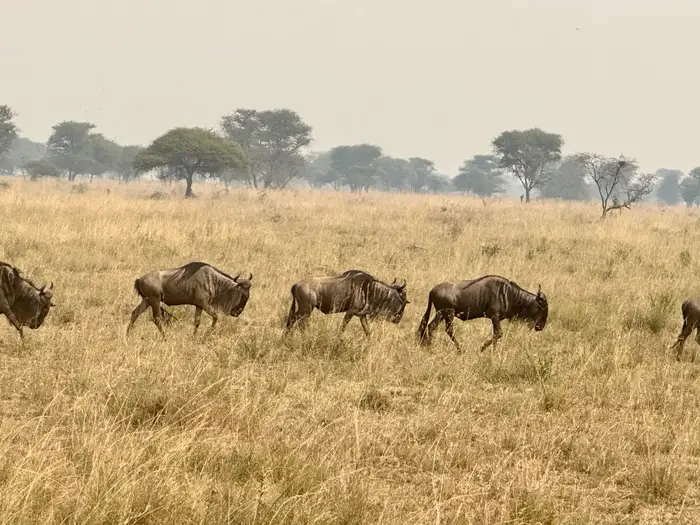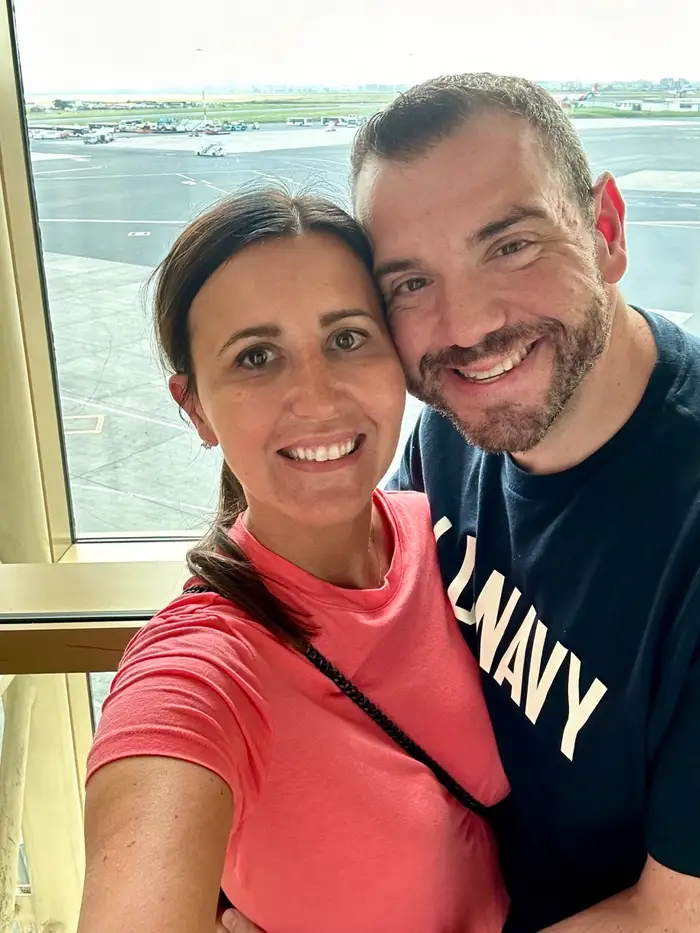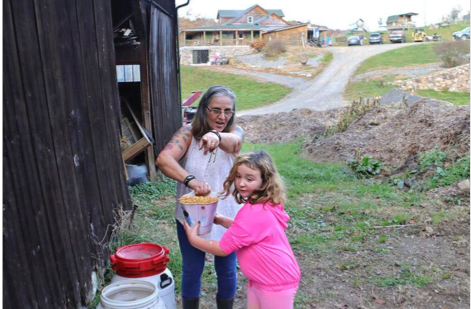
My husband and I went on an African safari trip for the first time in June.
My husband and I went on a 10-day luxury African safari trip for our big summer vacation.
It felt like a cool change of scenery since last summer's big bucket-list trip was to the beachy Maldives.
For the first leg, we visited Arusha, the Serengeti, and Ngorongoro Crater in Tanzania. We then spent three days in Zanzibar for a luxury beach getaway on the Indian Ocean.
I can't put into words just how magical Africa was — but I can tell you that our trip would've been better if we'd known five key things before we left.
I didn't consider the high possibility of my luggage being delayed en route to Africa.

After a 14-hour flight from New York City to Nairobi, a 10-hour layover, and a flight to Kilimanjaro International Airport, I found out my luggage was among a number of bags that hadn't made the trip.
An airport attendant told me this happens frequently in Mt. Kilimanjaro due to airplane weight limitations. The largest and heaviest bags are sometimes left behind and brought in on a later flight.
Unfortunately, I only had one extra outfit and a few essentials in my carry-on.
Since the lodge's laundry service had a too-long turnaround time, I had to wash my underwear and socks in the sink with a hotel soap bar.
I tried to buy clothing, but in this remote part of Africa, we only had access to the lodge's gift shop. It didn't have socks or underwear, and I spent $50 on the only short-sleeved shirt that fit me: a hot-pink number with "Hakuna Matata" across the front.
Unfortunately, bright colors can attract tsetse flies and scare away wildlife. You can imagine the dirty looks I got from other tourists when I showed up for our safari in my shirt as if I hadn't known the proper dress code.
My luggage arrived at our lodge just over 48 hours later, but if I could do it all over again, I'd pack a carry-on with at least three days of clothing and essentials.
I overpacked but still felt like I didn't have the attire I needed.

Safari days are long, so opt for comfortable clothing and shoes.
Speaking of shoes, I don't recommend bringing anything white. Although I looked cute and trendy in my white sneakers, they were entirely covered in brown dirt by the end of the first day.
Summer days in Africa are hot but can be chilly at night, so it's best to pack items that will keep you comfortable in varying temperatures. Most guides also recommend wearing neutral, earthy tones like beige, khaki, olive, and brown that won't alarm animals.
I also wished I'd packed more lightweight clothing that covered most of my skin, protecting me from mosquito and tsetse-fly bites while keeping me cool in the African heat.
We spent long days in vehicles — having a special bag packed would've made the rides more comfortable.

When I first arrived in the Serengeti, I had no idea what a full safari day or game drive would be like.
I later learned game drives can be really long — we usually boarded our Land Cruiser at 6 a.m. and didn't come back until 4 p.m. or later.
The drives would've been more comfortable if I'd brought a bag with things like a battery-powered fan, Advil, sunscreen, bug spray, snacks, a cooling towel, an insulated water bottle, and a portable phone charger.
Lastly, we should've brought two pairs of binoculars. My husband and I shared a single pair, which was pretty inconvenient.
Our layover would've been better if we planned more.

It's common to have long layovers or overnight stays when traveling from the US to remote parts of Africa.
For our 10-hour layover in Nairobi, we got Kenya Airways lounge access, which I highly recommend.
Our plan was to stay in the airport lounge, eat, and sleep in its nap pods. However, the lounge was smaller than we anticipated — food options were limited, and the few pods were full during our entire layover.
We wanted to change our layover plan and find a nearby hotel or sightseeing excursion instead, but we decided against it after learning Kenya is experiencing a yellow-fever endemic.
Although the potentially fatal disease is preventable by vaccine, this was one of the few vaccines we didn't get before our trip because we hadn't planned on leaving the airport.
If we had, we would've seen more of Kenya. Instead, we sat in uncomfortable chairs under bright light for hours.
I wish we hadn't crammed so much into one week.

We tried to see a lot on our trip, but I wished we'd taken our time and stayed two to three days at each property.
I especially regretted only spending one night in the Ngorongoro Crater because we didn't get to see its famous packs of lions. Animals are on their own schedule, and you can't control when they will be visible — all you can do is wait.
I also recommend having downtime between each stop to avoid safari burnout. Fortunately, many lodges have pools or relaxing activities like yoga classes.







